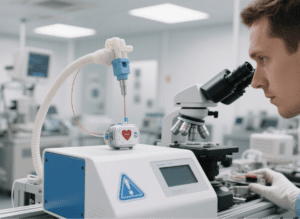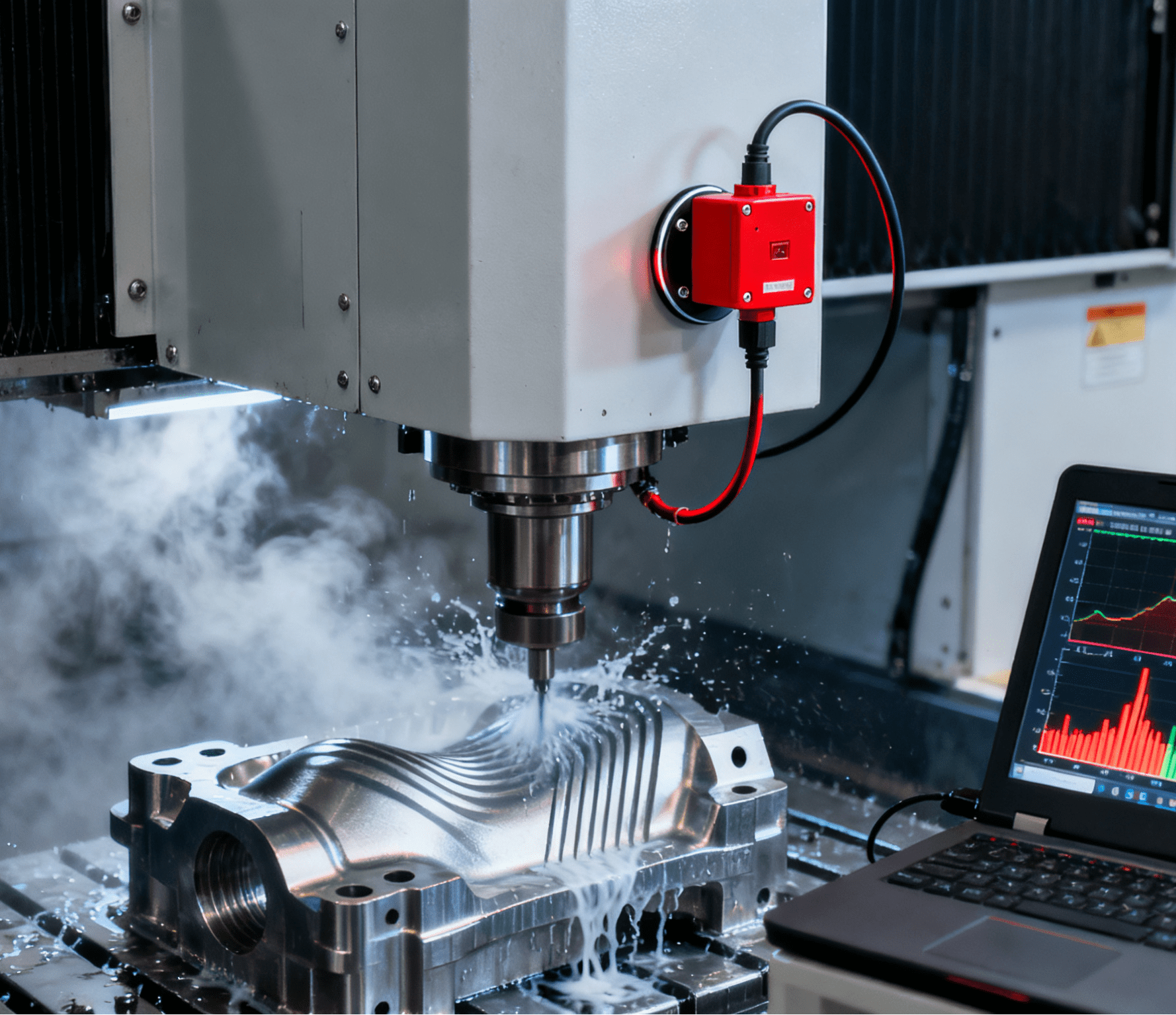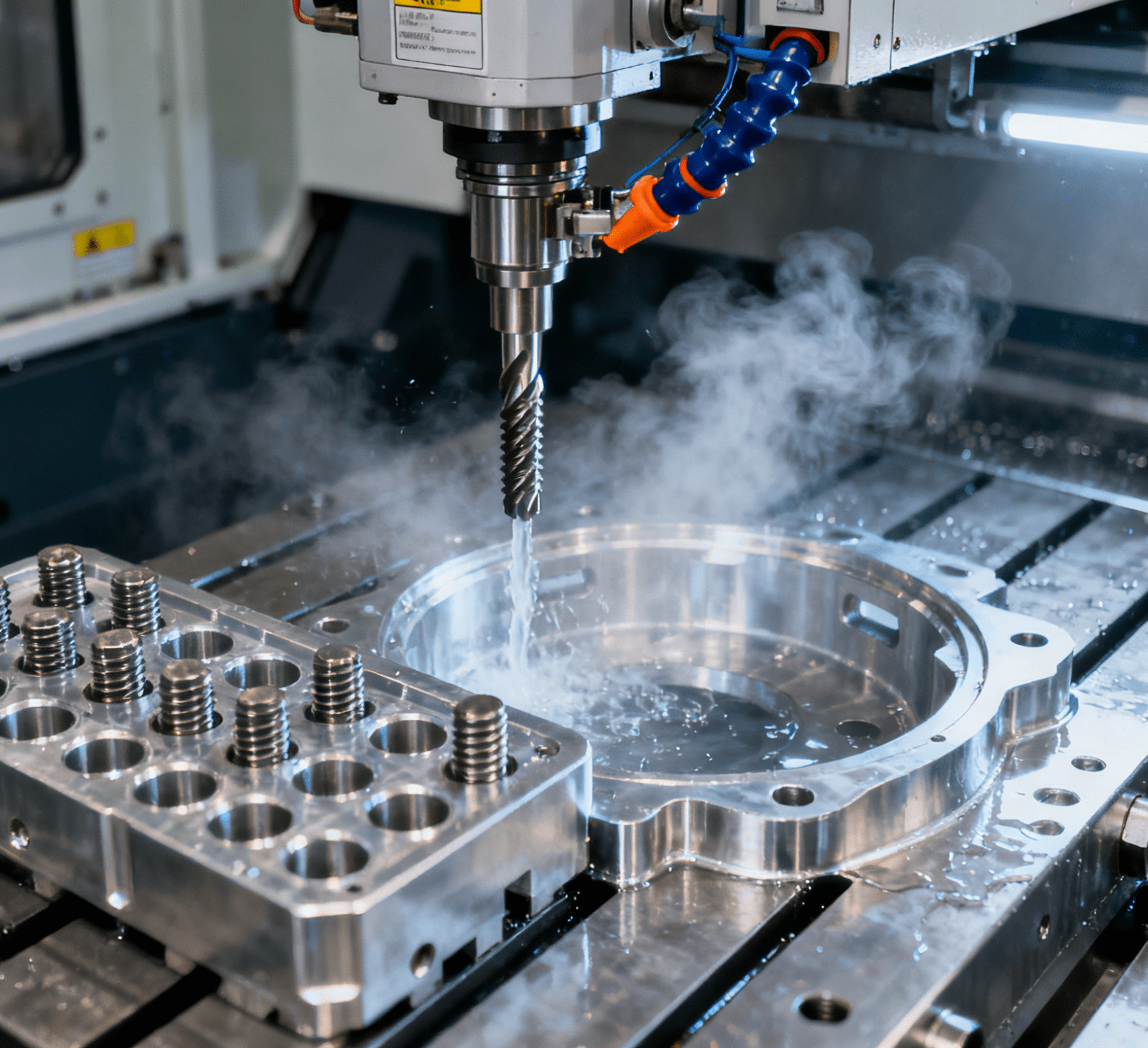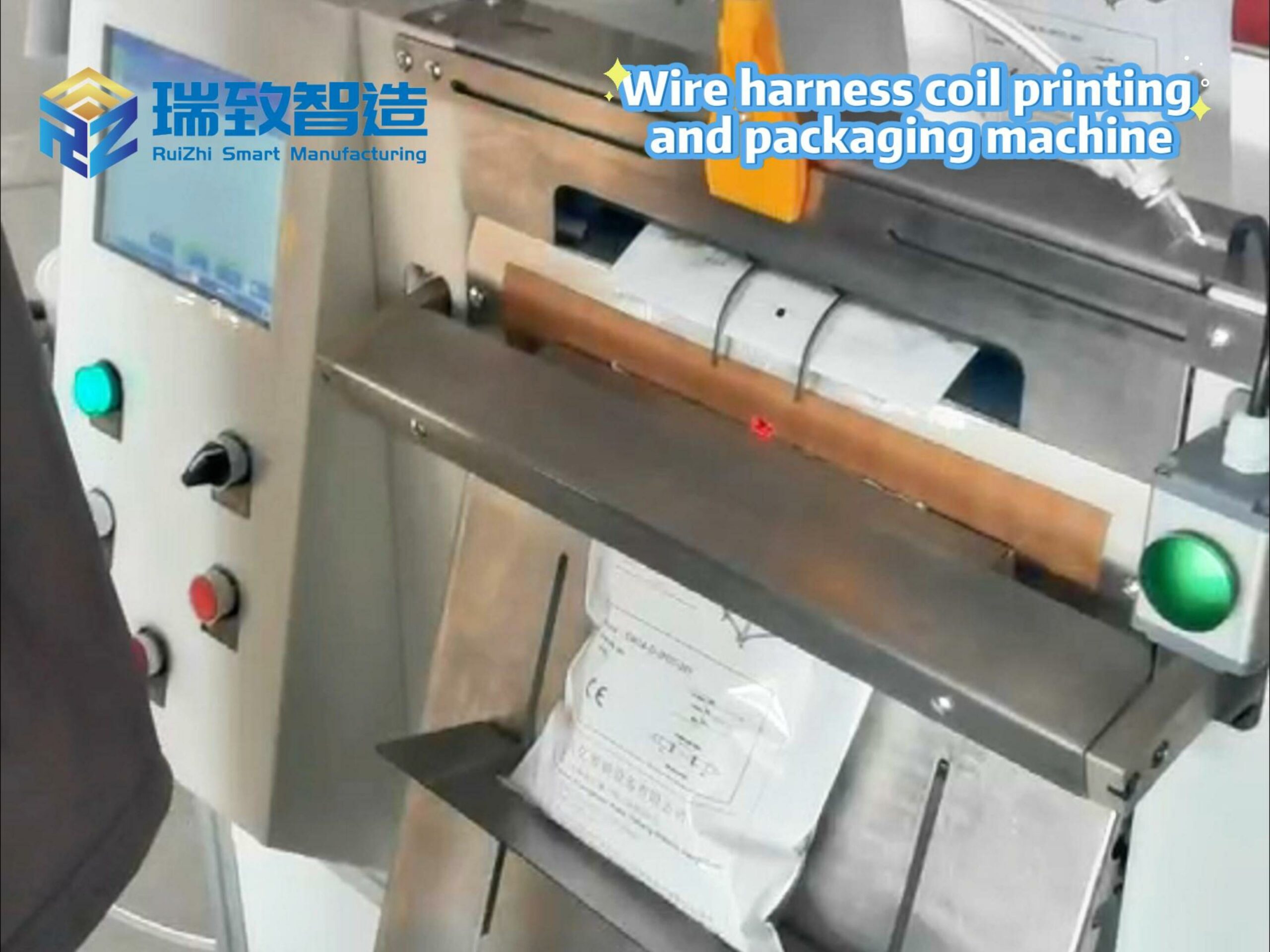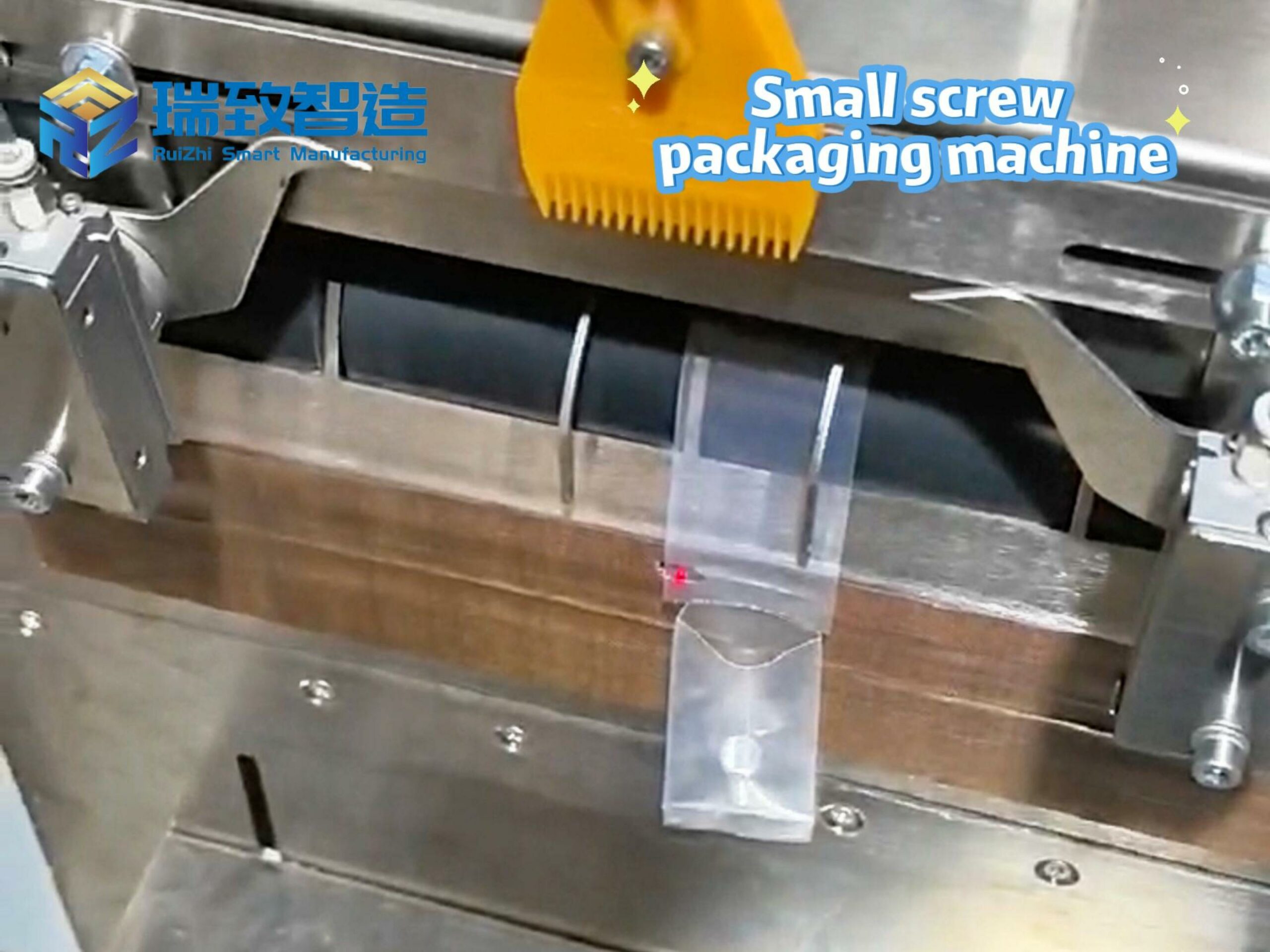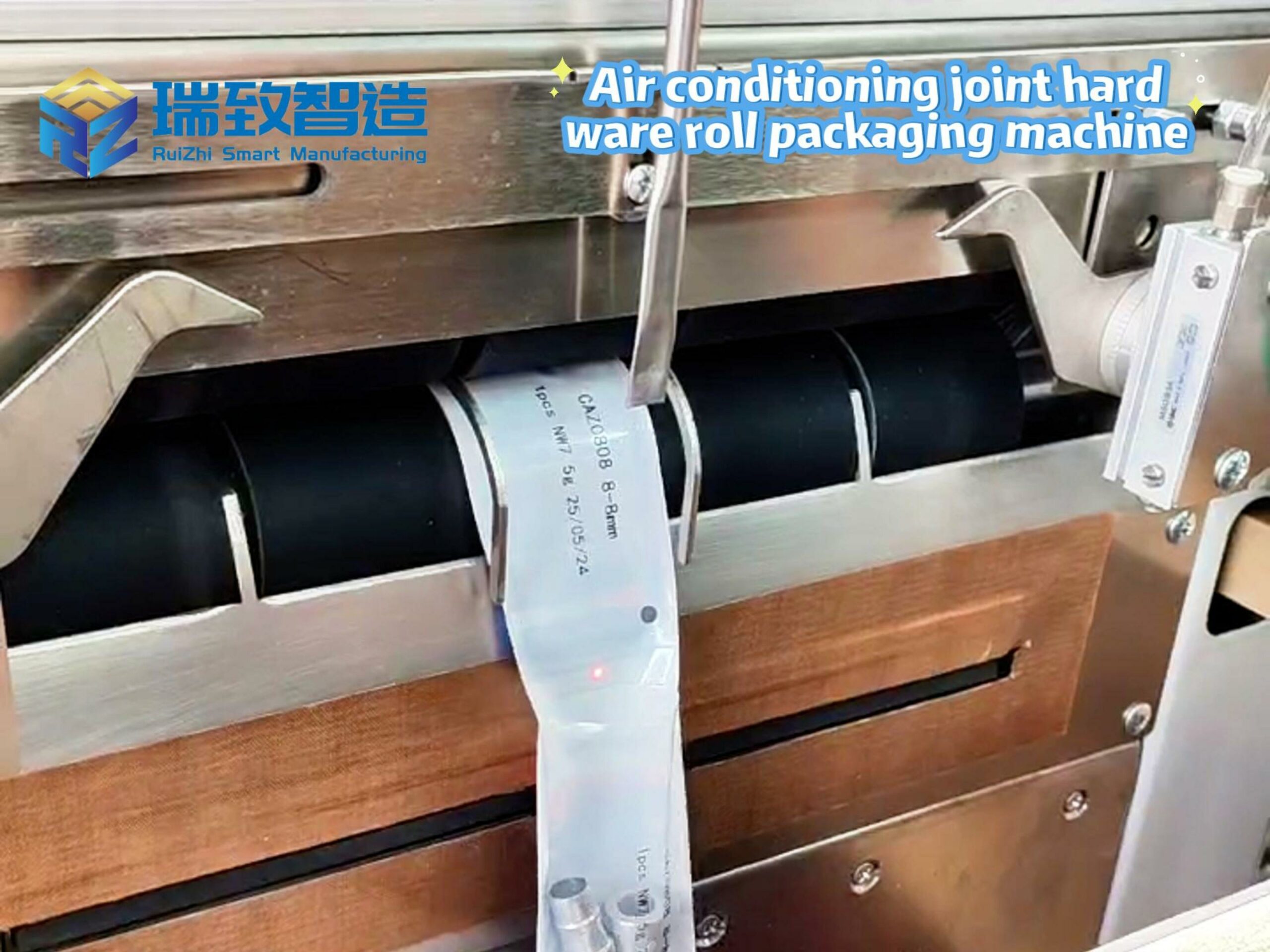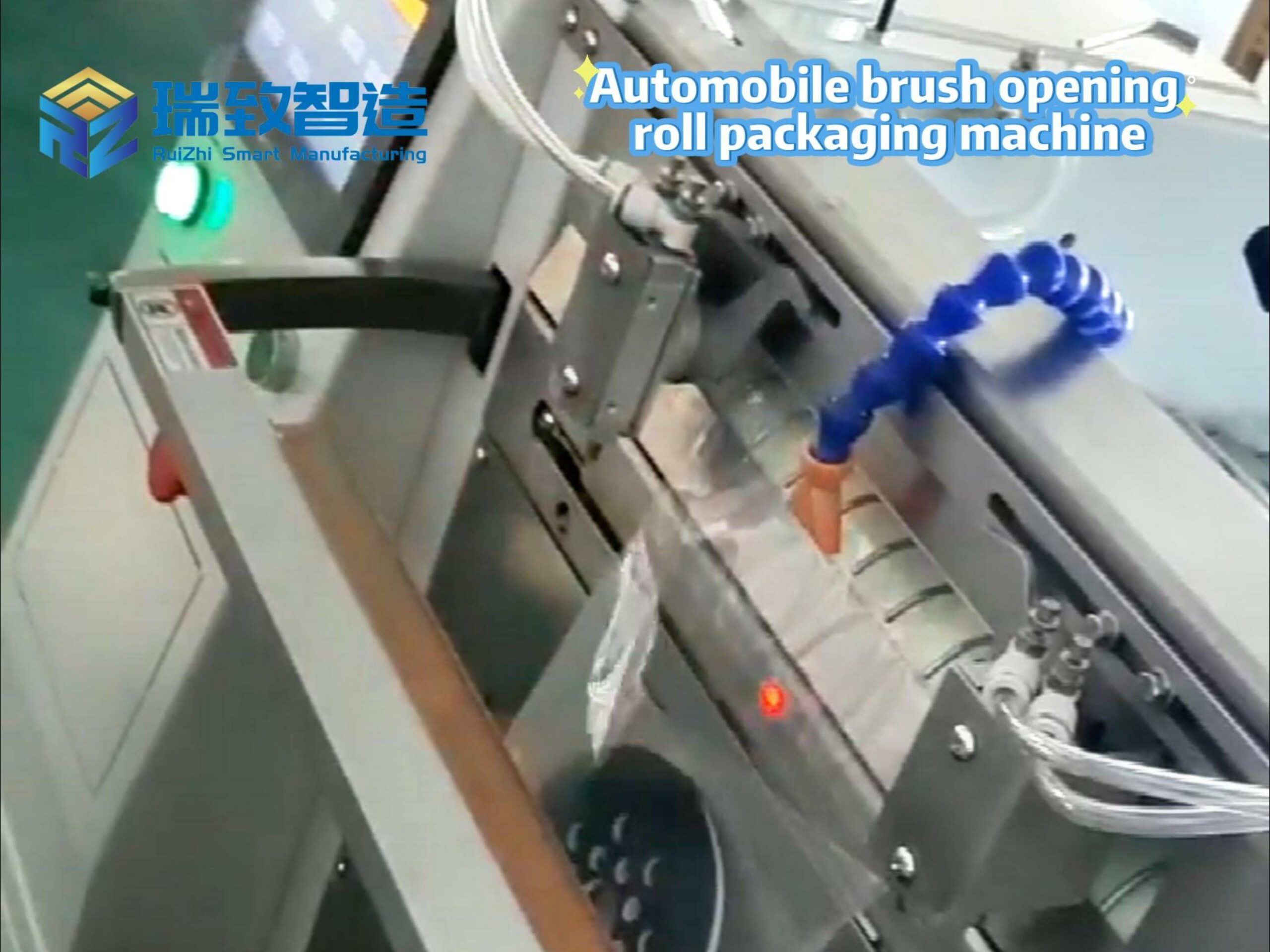In the relentless rhythm of modern industry, where consumer demands shift overnight and supply chains twist like rivers, FlexibleAutomation has emerged as the compass guiding manufacturers through uncertainty. More than a technological upgrade, it is a paradigm shift—redefining production from rigid, one-size-fits-all lines to adaptive ecosystems that thrive on change. From assembling 100 variants of a smartphone to scaling up medical device production during a crisis, FlexibleAutomation bridges the gap between efficiency and agility, proving that in today’s market, adaptability is not just an advantage, but a necessity.
Table of Contents
ToggleWhat is FlexibleAutomation?
At its core, FlexibleAutomation is an approach to production that combines advanced robotics, intelligent software, and responsive systems to dynamically adjust to changing demands—whether that means switching between product models, scaling output, or integrating new processes. Unlike traditional “rigid automation,” which excels at mass-producing a single item (think Henry Ford’s Model T line), FlexibleAutomation thrives in complexity: it handles small batches, custom orders, and frequent product updates with the same precision and speed that rigid systems reserve for uniformity.
The “Flexibility” in FlexibleAutomation
Flexibility here is multi-dimensional, encompassing:
- Product Flexibility: The ability to produce multiple variants (e.g., 5 types of electric toothbrushes) on the same line with minimal reconfiguration.
- Volume Flexibility: Scaling production up (to meet holiday demand) or down (during lulls) without sacrificing efficiency.
- Process Flexibility: Seamlessly adding new steps (e.g., 3D printing a component mid-assembly) or modifying existing ones (e.g., switching from glue to screws) as needs evolve.
- Resource Flexibility: Reallocating robots, tools, or workers across tasks to optimize workflow—e.g., shifting a collaborative robot from packaging to assembly when orders spike.
The Technology Powering FlexibleAutomation
FlexibleAutomation is not a single tool, but a symphony of technologies working in concert. Each component amplifies the system’s ability to adapt:
1. Hardware: The Adaptive “Hands” of Production
- Collaborative Robots (Cobots): Unlike caged industrial robots, cobots (e.g., Universal Robots UR30, Doosan A0509) work alongside humans, using force sensors and vision systems to adjust their movements. A cobot assembling laptop hinges can switch between 8 hinge designs by recalling preprogrammed paths, with changeover times under 5 minutes.
- Modular Tooling: Interchangeable grippers, end-effectors, and fixtures allow machines to handle diverse parts. For example, a single robotic arm can use a vacuum gripper for plastic phone cases, a magnetic gripper for metal brackets, and a soft silicone gripper for fragile glass panels—all via quick-change tooling.
- Autonomous Mobile Robots (AMRs): These self-navigating robots (e.g., MiR600, OTTO 1500) transport materials between workstations, rerouting dynamically to avoid bottlenecks. In a warehouse, AMRs can shift from restocking shelves to fulfilling rush orders without manual intervention.
- Reconfigurable Conveyors: Modular belt systems with adjustable speeds and 可拆卸 sections adapt to product size—e.g., a conveyor handling both tiny circuit boards and large appliance panels by reconfiguring its width and speed.
2. Software: The “Brain” Driving Decision-Making
- Artificial Intelligence (AI) and Machine Learning: AI analyzes real-time data (order volume, machine performance, material availability) to optimize production. For example, an AI algorithm in a food packaging plant might adjust conveyor speeds and robot paths to prioritize gluten-free snacks during a sudden demand surge.
- Digital Twins: Virtual replicas of production lines simulate changes (e.g., adding a new product variant) before physical implementation. A car manufacturer testing a new EV model on a digital twin can identify collision risks between robots and new components, cutting physical trial-and-error time by 40%.
- Manufacturing Execution Systems (MES): MES platforms (e.g., SAP Digital Manufacturing, Rockwell FactoryTalk) act as traffic controllers, syncing orders with production. If a customer orders a custom laptop, MES triggers the FlexibleAutomation line to retrieve the correct motherboard, keyboard, and casing—all in real time.
- Offline Programming (OLP): Software like ABB RobotStudio lets engineers program new tasks (e.g., assembling a new smartwatch) in a virtual environment, then deploy the code to physical robots. This eliminates downtime during reprogramming, critical for small-batch production.
3. Sensing and Connectivity: The “Nerves” of Adaptation
- 3D Vision Systems: Cameras with depth perception (e.g., Cognex 3D-A5000, Keyence XG-X) identify part variants, locate misaligned components, and guide robots. A vision system in an electronics plant can distinguish between 10 types of microchips, ensuring the right one is placed on the circuit board.
- Industrial IoT (IIoT) Sensors: Embedded in machines, these sensors track vibration, temperature, and tool wear, feeding data to AI systems. A sensor detecting a worn gripper can trigger a maintenance alert, preventing defects before they occur.
- Standardized Protocols (OPC UA, MQTT): These ensure seamless communication between diverse technologies—e.g., a cobot from Universal Robots, an AMR from MiR, and an MES from Siemens—so data flows freely across the system.
Real-World Applications: FlexibleAutomation in Action
FlexibleAutomation has reshaped industries by turning “impossible” production challenges into manageable processes. Here’s how it’s making an impact:
Automotive: From Mass Production to Mass Customization
The automotive industry, long dominated by rigid lines, now uses FlexibleAutomation to meet demand for personalized vehicles:
- Case Study: A U.S. automaker’s electric vehicle (EV) plant uses a flexible line to produce 12 variants of a single model (differing in battery size, interior trim, and software). Key technologies include:
- Cobots with vision systems that read vehicle VIN codes and auto-adjust welding paths for each variant.
- AMRs that deliver custom parts (e.g., vegan leather seats, premium sound systems) to the line just in time.
- AI-driven MES that reallocates robots between assembly stations based on order backlogs.
- Result: The line switches between variants in 10 minutes (vs. 8 hours with rigid automation), and custom orders now make up 30% of sales—up from 5% before FlexibleAutomation.
Electronics: Taming the Pace of Innovation
In consumer electronics, where product lifecycles shrink to 6–12 months, FlexibleAutomation is a lifeline:
- Case Study: A Asian smartphone manufacturer uses a flexible line to assemble 25+ models (from budget phones to foldable flagships). Highlights include:
- Modular grippers that switch between 0.3mm camera modules and 6-inch screens in 2 minutes.
- AI vision systems that inspect 1,000 units/hour for defects, adjusting parameters for different screen types (OLED vs. LCD).
- Offline programming that lets engineers code new models in 48 hours—down from 2 weeks with rigid tools.
- Result: Time-to-market for new phones dropped by 40%, and the plant can profitably fulfill orders as small as 500 units (vs. 10,000+ before).
Medical Devices: Precision in Small Batches
Medical manufacturing demands strict compliance and precision, often for low-volume, high-variety products. FlexibleAutomation delivers:
- Case Study: A European company making 50+ variants of insulin pens (different doses, materials) uses a flexible line with:
- Force-controlled cobots that apply exactly 0.5N of pressure when inserting drug reservoirs, avoiding leaks.
- Digital twins that validate each variant’s assembly process against EU medical standards.
- MES that logs every step (from component serial numbers to torque values) for FDA audits.
- Result: Small-batch production costs fell by 50%, and defect rates dropped from 3% (manual) to 0.05%.
Consumer Goods: Customization at Scale
In consumer goods, where “personalized” is the new norm, FlexibleAutomation makes one-off orders profitable:
- Case Study: A cosmetics brand uses a flexible line to produce custom lipstick shades (300+ options) on demand. The system includes:
- Robotic mixers that adjust pigment ratios via software, based on customer online orders.
- Vision systems that verify color matching against digital swatches.
- AMRs that package each lipstick in a custom-printed box (designs uploaded by customers).
- Result: The brand now fulfills 1-unit orders in 3 days, with costs 15% higher than mass-produced lipstick—yet 70% of customers pay the premium.
The Competitive Edge of FlexibleAutomation
Compared to traditional rigid automation, FlexibleAutomation delivers tangible advantages:
| Metric | Rigid Automation | FlexibleAutomation |
| Product Variants per Line | 1–2 | 10–50+ |
| Changeover Time | Hours to days | Minutes to hours (5–30 minutes) |
| Order Minimums | 10,000+ units | 1–100 units |
| Labor Efficiency | 30–40% reduction | 50–70% reduction (via human-robot collaboration) |
| Response to Demand Spikes | Slow (requires retooling) | Instant (dynamic resource reallocation) |
Challenges and How to Overcome Them
Adopting FlexibleAutomation is not without hurdles, but strategic planning mitigates risks:
1. Higher Initial Investment
Flexible systems cost 2–3x more upfront than rigid lines, a barrier for small manufacturers.
Solutions:
- Phased Deployment: Start with high-impact processes (e.g., assembly) before scaling to packaging or inspection.
- ROI Focus: Calculate long-term savings—e.g., a $1M flexible line for medical devices can recoup costs in 2 years via reduced defects and faster time-to-market.
2. Technical Complexity
Integrating diverse technologies (cobots, AI, AMRs) can create compatibility issues.
Solutions:
- Standardize on Open Protocols: Use OPC UA for interoperability, ensuring all devices “speak the same language.”
- Partner with Integrators: Firms like ATS Automation or Jabil specialize in designing cohesive flexible systems, reducing integration headaches.
3. Skills Gap
Workers need training in robotics, AI, and data analysis—skills in short supply.
Solutions:
- Upskilling Programs: Partner with vendors (e.g., Universal Robots Academy) to train existing workers in cobot programming.
- Cross-Training: Develop “flexible operators” skilled in both machine operation and basic troubleshooting.
4. Resistance to Change
Employees may fear automation will replace their jobs, slowing adoption.
Solutions:
- Emphasize Collaboration: Position cobots as tools that reduce repetitive tasks (e.g., screwdriving) so workers focus on skilled roles (e.g., quality control).
- Involve Teams in Design: Let operators help choose tools or workflows, fostering ownership in the new system.
Future Trends: The Next Evolution of FlexibleAutomation
As technology advances, FlexibleAutomation will grow smarter, more intuitive, and more integrated:
1. AI-Driven Self-Optimization
Future systems will learn from data to improve autonomously:
- A flexible line assembling drones will analyze defect patterns, then adjust gripper pressure or vision settings to reduce errors—no human input needed.
- AI will predict demand fluctuations (e.g., spike in smartwatch orders during holidays) and pre-adjust production schedules, ensuring capacity is ready.
2. Human-Robot Symbiosis 2.0
Cobots will evolve from “collaborators” to “assistants,” using:
- Intention Recognition: Cameras and sensors that anticipate human actions—e.g., a worker reaching for a part triggers the cobot to fetch it.
- Natural Language Commands: Operators saying “Tighten this screw more” will adjust the robot’s torque settings, making programming as easy as talking.
3. Distributed Flexible Networks
Manufacturers will connect geographically dispersed flexible lines into “virtual factories”:
- A car parts supplier in Mexico can route orders to its Ohio plant if the Mexico line is busy, using cloud-based MES to coordinate production.
- Small manufacturers will join flexible consortia, sharing robot capacity via industrial IoT platforms to handle large orders they couldn’t manage alone.
4. Sustainable Flexibility
Energy efficiency will become integral, with AI optimizing:
- Robot paths to minimize movement (cutting energy use by 20%).
- Production schedules to align with renewable energy peaks (e.g., running high-power tasks when solar panels generate excess electricity).
Conclusion: FlexibleAutomation as the Future of Production
FlexibleAutomation is more than a trend—it’s the new industrial norm. In a world where “good enough” is obsolete and customization is king, it empowers manufacturers to stop chasing change and start leading it.
From automotive plants building custom EVs to medical facilities producing life-saving devices in small batches, from electronics firms keeping pace with innovation to consumer brands turning one-off orders into profits, FlexibleAutomation proves that adaptability is the cornerstone of resilience.
As technology advances, its impact will only deepen—turning factories into dynamic ecosystems that don’t just respond to the future, but shape it. For manufacturers ready to embrace it, FlexibleAutomation isn’t just an investment in machinery—it’s an investment in surviving and thriving in the unknown.
#flexible automation systems sdn bhd #what is flexible automation

